A Tour of New World Pinot Noir At VIWF 2025
The Best Pinot Noirs and Their Terroirs From the Vancouver International Wine Festival
The 2025 Vancouver International Wine Festival was a remarkable opportunity to sample a gallery of pinot noirs from the New World section of the pinot noir spectrum. Pinot noir's flavour range and responsiveness to terroir were clearly on display.
The United States was the featured country at VIWF 2025. This was planned nearly a year before and while U.S. wines have now been temporarily pulled from the shelves of B.C. government stores, the festival happened just before the tariff turbulence began. In fairness to the American wineries, who were at the show, notes on their wines are included in this pinot noir overview.
It was an excellent opportunity to compare examples of pinots from various locations and styles up and down the West Coast, including Vancouver Island, California, Oregon and British Columbia, as well as quality pinot noirs from Australia, Chile, and New Zealand. Highlighted are some of the more noteworthy wines, wineries, and terroirs.
Cooler Climate Pinot Noirs
Cooler climate wine regions are generally those in the poleward temperate zones of the world, more northerly in the Northern hemisphere and more southerly in the Southern hemisphere, roughly between 30°– 50° latitude North or South. This background aspect of latitude, plays an important role in a wine’s ultimate flavour expression. Cooler climate situations can take different forms, some like Burgundy, Oregon or New Zealand are generally cooler, others like the Okanagan Valley in B.C. are hot in the day but cool off significantly at night, maintaining acidity and keeping the wines in better balance. Climate can also be a function of elevation.
British Columbia /Okanagan Valley GI
The Okanagan Valley stretches over 250 kilometers, North/South across sub-regions, each with distinct soil and climate conditions suited to growing a range of varietals. The Okanagan is known for getting more sunlight hours than almost any other wine region in Canada but its cool nights also give the wines a balancing crisp acidity.
Quails’ Gate Winery With their first pinot noir released in 1989, Quails' Gate Winery is the first pinot noir producer of the modern (vinifera) era in British Columbia. They also have the oldest pinot noir vineyard in B.C., a ¼ acre plot planted in 1975. Situated on the slopes of Mount Boucherie, their original vineyard was purchased in 1956. Their regular pinot noir and Stewart Family Reserve pinot noir have now been made for over thirty-five vintages.
They have also produced various limited releases of pinot noirs based on Dijon clones and a Richard's Block pinot noir to honour the winery's founder. The senior winemaker is Jeff Del Nin. The West Kelowna part of the Okanagan region is warmer and more arid than Napa Valley, with nearly two hours more sunlight per day during peak growing season. Daytime temperatures reach 104ºF (40ºC), but the cool nights allow the grapes to maintain their natural acidity – a signature trait in B.C. wine. The estate vineyards are certified by Sustainable Winegrowing BC.
Quails’ Gate Pinot Noir 2022
This estate pinot noir shows tightly knit tannins with subdued but supple notes of dark cherry and autumn leaves. The grapes are a mixture of clones sourced from certified sustainable vineyards. The component vineyard blocks were fermented separately and sat on the skins for 10-14 days It was matured in new and old French oak barrels for ten months. 88 points
Stoneboat Vineyards Pinot noir does not generally show its very best in the South Okanagan Valley, usually defined as the section South of Okanagan Falls. The intense heat and relatively high number of growing degree days are a good fit for grape varieties needing intensification, like cabernet sauvignon and syrah. Pinot noir, preferring a cooler climate, mostly becomes denser, less expressive and cheerless versus its usual balanced self.
The Stoneboat Vineyards reserve pinot noir is one of the few exceptions in the region. The winery is located on the East side of the Valley in the Black Sage Bench area of the South Okanagan, sometimes called a 'pocket desert' because of the abundant sunshine and low rainfall. Initially founded by the Martiniuk family and opened in 2007, the Stoneboat home vineyard sits on an exceptional terroir called the Black Sage Gravelbar that lies between Black Sage Road and the cooling Okanagan River. The deeper soils there contain rounded stones frosted with a coating of calcium and other minerals, known as carbonate skins. During a visit, Pedro Parra, an international terroir consultant, confirmed that some of the world's great wines are grown upon similar rocks. Stoneboat Vineyards' pinot noirs show flavours of black tea, dried cherry and baking spice. They are also often enlivened by a current of minerality from the presence of limestone, giving them extra lift and interest.
Stoneboat Pinot Noir Reserve 2022
Dusty mulberry and raspberry, along with a seam of savoury minerality conjures some Italian pinot neros. The finish is lengthy and involves blackberry, baking spices, black tea, and dried cherry. Aged in oak for 18 months, 33% new, it was sourced from the Orchard Grove, Hester Creek, and Gold Hill vineyards. 91 points
British Columbia/Vancouver Island/Cowichan Valley Sub-GI
The 350 square kilometer Cowichan Valley Sub-GI surrounds the city of Duncan and sits not far from the Salish Sea in the Southeast corner of Vancouver Island, one degree south of the Canada/US border. The climate is classified as maritime Mediterranean. It sits in the shadow of the Vancouver Island Range, one of the protective necklaces of mountains running along the island's center. The vineyards range in elevation up to about 250 meters. Though a decidedly cool climate, the average temperature in the Cowichan Valley is one of the highest in Canada. It has a long frost-free growing season, and the rain that does fall is mainly in Winter. The Cowichan Valley was the first region outside the Okanagan Valley to be recognized as a sub-GI in June 2020.
Unsworth Vineyards Tim Turyk had retired from a long career in the fishing industry and was vacationing near the Cowichan Valley in 2009. He made an offer on a piece of land he had spied. Unsworth Vineyard and his let’s-build-a-family-winery retirement project began with his son Chris as overall manager. The winemaking at Unsworth has been ably helmed since 2015 by cool climate specialist Dan Wright, who worked vintages in the Niagara Peninsula in Ontario, Orange in Australia, Marlborough, New Zealand, and the Willamette Valley in Oregon. Since it began, the winery’s reputation has grown via a range of impressive wines, including whites, sparkling, rosés and reds.
Unsworth Vineyards Pinot Noir 2022
This wine is very light bodied, lower alcohol, perfumed with raspberry and strawberry. The graceful texture is almost weightless, but still very persuasive with lighter red berry, Cowichan Valley’s signature forest floor, and frictionless tannins. Very reminiscent of the ephemeral pinot noirs from Ribbon Ridge in Oregon, this has that pinot noir magic. The wine was fermented in stainless before 15 months of aging in (15% new) French oak. The clones here are 115, 667, 777, and 828. 90 Points
Chile
The Casablanca Valley, located in the more Northern part of Chile, 100 kilometers North-West of, Santiago, benefits from its relative proximity both to the equator and to the cooling influence of the Humboldt Current, that flows up the West coast of Chile from the Antarctic. The East-West-oriented valley is roughly 30 km long and sits 26 kilometers from the Pacific. The ocean’s influence brings cool morning wind, fog and cloud cover to the region.
Emiliana Winery The Emiliana winery was founded at the end of the 1990s by Rafael and José Guilisasti who over time converted a conventional Chilean winery into a 100% organic and biodynamic winery. Emiliana Organic Vineyards showed their Signos De Origen Pinot Noir 2023 from the “El Rincón” vineyard in the foothills of the Coastal Range. It is produced according to the organic and biodynamic principles and all their vineyards are certified organic.
Emiliana Organic Signos De Origen Pinot Noir 2023
Aromas of autumn leaves and strawberry, raspberry, and herbal notes are prominent. On the palate, tart cherries accompany good intensity and balance. It goes quickly to the mid palate, then fades slowly. The ending is long, balanced, and linear. Made entirely from organic fruit in transition to biodynamic, the source is the El Rincón vineyard in the foothills of the Coastal Range, and it was aged in a combination of French oak and egg-shaped concrete vats. The clones involved are 777 and 110R. 2400 Cases produced. 90 Points
Oregon/Willamette Valley AVA
Oregon's wine region, primarily the Willamette Valley, is renowned for its cool-climate wines, especially Pinot Noir. The region's unique geography and climate, characterized by warm summers, cool evenings, and mild winters, create ideal conditions for growing elegant and complex pinot noir grapes. The Willamette Valley is the largest American Viticultural Area (AVA) in Oregon, containing the majority of the state's wineries.
The Willamette Valley AVA stretches from the Columbia River in the north to just south of Eugene in the south, and from the Oregon Coast Range in the west to the Cascade Mountains in the east. The Willamette Valley AVA is further divided into smaller, designated AVAs, like the Chehalem Mountains, Ribbon Ridge, and Eola-Amity Hills, each with its own distinct characteristics.
The Coast Range mountains protect it from Pacific storms, while the Cascade Range shields it from the dry eastern Oregon climate. The valley's hillsides feature a mix of volcanic, loess, and sedimentary soils, which contribute to the unique character of the wines.
Citation Vineyards It's always interesting to taste a winery's newly released wines to see what they've been up to and where they might be going, but it's practically unheard of to taste a wine that has been bottle aged for over a decade before it is released. However, that's part of the approach taken by Howard Rossbach of Citation Wines in the tiny, recently created (2022) Mt. Pisgah sub-AVA in the Northern Willamette Valley. Well known as the home of the Freedom Hill Vineyard, it sits in a rain shadow and benefits from the influence of the Van Duzer winds.
Citation brought three pinot noirs VIWF, their 2018 Centerstone sourced entirely from their Erratic Oaks home vineyard, fermented in stainless steel tanks and briefly oak aged, a 2015 from selected blocks in the same vineyard and the recently released 2006. This last wine is made from hand selected lots, both owned and purchased, throughout the state, aged in French oak barrels for fifteen months and then aged a further fifteen years (yes, years) in bottle in their cellars until it’s flavours are fully developed and judged ready for release. The result was well worth the wait.
Citation demonstrates a different take on terroir for some of its wines by combining hand selected sites across Oregon for some of its wines. It’s a gathering of players versus soloists.
2018 Centerstone Willamette Valley Pinot Noir
This is vinified all stainless steel. The palate is smooth and simple, cherries, with some charcoal-like tannins, lovely and balanced 89 Points
2015 Citation Willamette Valley Pinot Noir
Cropped at only 2 1/2 tons per acre. Pleasant appealing baking space, cherry, raspberry . Complex berry fruit with medium plus intensity and medium bodied well textured tannins and excellent balancing acidity. 93 points
2006 Citation Oregon Pinot Noir
Citation Oregon is created by sourcing from the very best sites throughout Oregon to attain the highest quality possible. The wine was later gently pressed to French oak barrels to age for the next fifteen months. Careful selection of the best barrels produced a small quantity of remarkable Pinot Noir.
Much going here in a wine left to develop fully before being released. It’s medium bodied and intense, full of cherries, baking spices and complex berry fruits with contributing textured tannins. The voluptuous weave of tertiary flavours includes plum, wood, caramel, leather and game. Very concentrated voluptuous. It spent 15 months in barrel and then 15 years in bottle. 94 points
Oregon/Willamette Valley/Ribbon Ridge AVA
Ribbon Ridge AVA, is located on a loaf shaped, island-like ridge set apart from the surrounding Chehalem Valley. The AVA is defined as the area on the ridge that is approximately 70 meters in elevation or above. Established in 2005 Ribbon Ridge is the smallest AVA in Oregon containing 500 planted acres.
The climate is continental enough that the growing degree days here average around 2450. But Ribbon Ridge’s location and altitude, also place it amongst a balance of other climatic influences that include cooler air reaching inland through the Van Duzer Corridor and the shelter of nearby hills.
The consistency of its soils and segregated geography make for a concurrence of flavours in Ribbon Ridge pinot noirs that make them especially elegant, focused, floral and delicate.
Adelsheim Vineyards Adelseim Vineyards is only of the very early pinot noir pioneers of the Willamette Valley. David and Ginny Adelsheim purchased their first 19 acres just outside Newberg, Oregon in 1971. Launched in 1978, they were the first-ever winery in the Chehalem Mountains. Their wines were fundamental in establishing the are as a top pinot noir producing area.
Adelsheim Ribbon Springs Vineyard Pinot Noir 2021
The vineyard sits at 120 to 200m elevation in the Ribbon Ridge AVA, a loaf shaped, island-like ridge set apart from the surrounding Chehalem Valley in Oregon. During winemaking, most clusters were destemmed. It was aged in French oak barrels, 36% new, for 10 months prior to bottling.
Pinot noir’s enticing contradictions on show here. Typical of the Ribbon Ridge AVA, it’s very light bodied yet seems to have a thin wire of flavour running through that emanates raspberry, strawberry, touches of baking spice, hibiscus, cedar and some floralness. The texture is smooth and airy with an elegant, soft and dangling finish. The clone involved is Pommard. The exceptional lightness and elegance reminded me of the Unsworth 2022 pinot noir that was also at 2025 VIWF. 92 Points
Oregon/Willamette Valley/Eola-Amity Hills AVA
The Eola-Amity Hills AVA is a large AVA nested in the Willamette Valley AVA, that reaches from the city of Amity, an hour Southwest of Portland down to the community of Eola located six kilometers West of Salem. A rumpled, patchwork carpet of hills approximately 24 km long by 10 km wide. Most of the region’s vineyard sites exist at elevations between 250 to 700 feet (75-215 m). It sits directly in the path of the consistent, cooling Pacific Ocean winds that travel to the Willamette Valley via the Van Duzer Corridor - an East/West opening in the mountains of the Oregon Coast Range. This maritime influence on what otherwise would be a warmer continental climate, helps retain natural acidity in the area’s pinot noir wines.
Erath Vineyards Originally known as Knudsen Erath it was founded in part by Dick Erath in 1968 when he planted a 49 acre plot in the Chehalem Mountains. The winery is another of the very first wineries to produce quality pinot noir in the Willamette Valley.
Erath Willakia Vineyard Pinot Noir 2019
Intriguing, rounded, complex red berry and mulberry fruit, intense but supple, along with some earthiness and forest floor. Soft tension leads to a longish juicy berry finish. Very polished. The wine spent 15 months, in 100% French oak, 25% of which was new. 91 points
Lingua Franca In 2012, Master Sommelier Larry Stone acquired a site in the Eola-Amity Hills, partnering with David Honig and Dominique Lafon from Burgundy to craft pinot noir wines. Pinot noir in the 66 acre site is planted exclusively to Dijon and heritage clones.
Lingua Franca AVNI Pinot Noir 2022
Long, even, very expressive, unmolested, elegant cherry and berry fruit along with touches of floral. The floating texture and layered, precise fruit speaks of very attentive winemaking. The finish is long and echoing. Superb pinot noir. 92 Points
New Zealand/Awatere Valley
New Zealand’s overall maritime climate is very friendly to pinot noir. The combination of latitude range, numerous river valleys and varied distances from the Pacific Ocean makes for expressive, detailed pinot noirs with considerable regional variation.
Though New Zealand’s modern era of pinot noir first began in the late seventies, and it’s production is only a fraction of that of sauvignon blanc, it has established itself as one of the world’s premium pinot noir areas.
The Awatere Valley is one of the three sub-regions of the larger Marlborough wine district, located on the seaward side of Marlborough, running parallel to the East coast of the South Island.
The Awatere Valley vineyards sit on a variety of hills and terraces in a braided river system that opens to the Pacific Ocean’s Cook Strait which runs between the North and South Islands. Similarly to other favoured pinot noir regions, the climatic influences are a combination of continental and maritime. Cool winds, moderate temperatures provide pinot noir with developed flavours but retain a fresh balancing acidity.
Villa Maria Estate Founded in 1961 Villa Maria Estate is one of New Zealand's larger wine companies. Their vineyards are located throughout New Zealand, with production bases in Gisborne, Hawke's Bay, Marlborough and Auckland.
The Taylors Pass Vineyard sits on the northern bank of the Awatere River, running East to West through the Awatere Valley and out to the Clifford Bay in the Pacific Ocean. The vineyard is warm and sheltered from the colder southerly breezes that flow down through the valley from the mountains.
Villa Maria PN Taylor's Pass Pinot Noir 2020
Big fruit flavours of strawberries and fresh black cherries/cherry pits mingled with sweet baking spices. Well balanced, very smooth textured with touches of wood and some light tannic friction. The pinot clones involved here are mostly clone 5 along with some Dijon clone 667. Vinified partially whole cluster it was fermented with native yeast and spent 14 months in 30% new French oak barriques. 89 points
Warmer Climate Pinot Noirs
Wind, Fog or Proximity to Water
Pinot noir also thrives in warmer climates but reaches its heights when the heat is ameliorated by some cooling influence. This can be wind, fog, altitude, proximity to water or some combination of these factors. It’s fascinating to see how the particularities of such cooler regions provides elements for a diverse range of excellent pinot noirs.
California
Bogle Family Vineyards The Bogle family history goes back over six generations of farming and 50 years of winegrowing. The company was founded in 1979 and is based in Clarksburg, California. The first 20 acres of vines were planted in 1968 and now Bogle Vineyards farms over 1,500 acres of wine grapes in the Clarksburg AVA and other select California winegrowing regions including pinot noir from the cool Monterey and Russian River Valley AVAs.
The book itself is always more important than the cover but Bogle takes reducing it’s packaging carbon footprint to another level. At the 2025 Vancouver International Wine Festival, Bogle showcased a bold step to evolve sustainability in the wine business by introducing, what they say is the first of its kind shatterproof, recyclable aluminum wine bottle that is 80% lighter than glass. Their pinot noir from this new line called Elemental, is drawn from selected sites from across California. The bottle has eye popping graphic design and the wine is certified sustainable, vegan friendly, gluten-free and was one of the better pinot noirs in the show.
Bogle Elemental Pinot Noir 2022
The wine is delightful. Sourced from a variety of cooler area California vineyards, it’s heftier but still supple and delivers smooth, textured flavours of red berry fruit, vanilla oak, baking spices and some earthiness. It’s well balanced overall and there’s length in the finish. It was aged in new and neutral French and American oak 89 Points
California/Arroyo Secco AVA
The Arroyo Seco American Viticultural Area (AVA) is located in the upper end of the Salinas Valley in Monterey County. It adjoins the larger and better known Santa Lucia Highlands. The opening of the valley sits opposite a deep ocean feature known as the “blue grand canyon” that typically contains especially cold currents of water. The result is a unique ocean presence that provides fog and cooling winds far up the valley. Added to this are shady canyons and a North/South orientation and the result is that though the AVA is arid and resides in a warm latitude, Arroyo Seco’s pinot noirs are medium bodied, balanced, supple and precise a with good intensity of flavour.
ASV Wines Beginning as grape growers Monterey County’s Arroyo Seco wine region in the early 1970’s, ASV Wines was created in 1982 and now farms over 1,500 acres of wine grape vineyards.
Fogscape Arroyo Secco Pinot Noir 2021
On the nose fine high notes of cherry and raspberry. This follows through on the palate with smooth raspberry cherry strawberry fruit flavours plus a seam of minerality with fine grained tannins. Very Elegant. 91 points
California/Anderson Valley AVA
Anderson Valley lies in Mendocino County just North of Sonoma County. The county extends for about 120 kilometers along the coast and reaches 60 kilometers inland. It parallels the Pacific for about 30 kilometers. If you are traveling on the coast road, access from either North or South involves driving through a heavily wooded mountain pass, so the area is relatively isolated, so it is much less well known. The valley sides are relatively steep and though mountains separate it from the ocean, fog rolls in dependably from the North most mornings via a network of East/West valleys in a graduated way, and this fills much of Anderson valley for a portion of the day, creating a fog line part way up the valley sides. The cooling and shading effect of the fog is such that pinot gris, riesling and pinot noir are grown very successfully below the fog line and fully ripened zinfandel thrives above it. The stacked factors of fog and altitude along with East and West facing slopes creates an advantageous matrix of terroirs for pinot noir.
Though there is a wide range of possible styles, Anderson Valley pinots tend to be on the lighter, balanced, supple side, but informed by altitude and slope to add some riper intensity. Fruit profiles can range from red to blue to lighter black fruits. Alcohol levels tend to be restrained and the effects of fog and shadow keep the acidity buoyant. The resulting pinot noirs showing focused fruit, full ripeness and supportive acidity are akin in some ways to those of Oregon and British Columbia.
Ferrari - Carano Vineyards and Winery Don and Rhonda Carano, owners of the Eldorado, hotel casino in Reno, founded Ferrari-Carano in 1981. The first wines were released in 1987. The winery has earned the California Sustainable Winegrowing Alliance (CSWA) certification.
Ferrari - Carano Pinot Noir Anderson Valley 2019
Medium bodied ripe cherry, plums and cedar along with savoury elements of herbs, barrel derived notes and a touch of tar. Straight forward, lively, smooth, fruit leads the way to a prolonged and polished finish. 90 Points
California/Carneros AVA
Los Carneros AVA drapes across parts of Sonoma county as well as the low hills that flank Southern Napa Valley. AKA "Carneros", both names are legally acceptable and appear interchangeably on wine labels.
Similarly to other California regions known for producing well noted and elaborated pinot noir, a cooler climate influenced by proximity to the ocean, wind, fog or all three, has made Los Caneros an area where the grape can produce distinctive wines. In this case, it’s the nearby presence of Pablo Bay just North of San Francisco that is the source of marine fog and breezes that favorably moderate the California sun and heat. Cooler than Napa but warmer than the Sonoma Coast, the wines have intensity and richness but retain a balanced profile.
Frank Family Vineyards Frank Family Vineyards was founded in 1992 by former Disney Studios President, Rich Frank. Today, Frank Family has grown to encompass more than 380 acres of vineyards in Napa and other AVAs
Frank Family Carneros Pinot Noir 2021
Full ripened Carneros fruit here showing dark cherry, baked strawberry and slightly exotic dashes of cinnamon, pomegranate, herbs and graphitic tannins. The texture is silky and full. All is underpinned by a well balanced, able acidity that keeps all its elements in play. The wine is a blend of several vineyards, and spent nine months in one-third new French oak. 90 points
California/Russian River AVA
The Russian River Valley is situated in the Northern portion of Sonoma County, much farther from Pablo Bay than Carneros but much closer (16 kilometer) from the open ocean. A wide corridor from the valley to the ocean called the Petaluma Gap, pulls in morning fog that parks in Russian River in the day to cool the vineyards and provide a place where pinot noir can thrive. The fog makes for a huge diurnal temperature range of 20 °C that helps the vines retain acidity, makes for a long slow ripening period and ultimately provides balance in the wines. The interplay of wind, fog, hills, soils, elevation and sun in Russian River is such that six distinct “neighbourhoods” were identified that show consistent combinations of flavour characteristics from vintage to vintage.
Rodney Strong Vineyards Rodney Strong Vineyards is a family-owned winery based in Healdsburg, California and focuses solely on Sonoma County grape growing and wines. It was founded in 1959 by wine pioneer Rodney Strong.
Rodney Strong Russian River Pinot Noir 2020
Russian River pinot noirs contain some of the most intense, varied flavours and aromas for the grape in California yet they also retain balance, suppleness and complexity. Lots of darker plum and ripe blackberry notes initially. Good intensity, coupled with textured tannins, some minerality, barrel notes and drifts of charcoal. A proficient, balanced mix of elements that works well. 90 points
Australia/South Gippsland
Australia doesn’t usually spring to mind when it comes to top quality pinot noir. The Australian climate that is mainly hot and dry is not pinot noir’s natural home. Indeed, pinot noir only accounts for about three percent of Australia’s wine output. However, here again, pinot noir finds a way. In the more temperate South of the continent, there are favourable areas such as the Mornington Peninsula and Tasmania where pinot noir is capable of producing top quality wines.
One of these blessed locations is South Gippsland a subregion of the Gippsland wine region in Victoria State, that includes the Southernmost area of the Australian mainland. Directly North of Tasmania, separated by the Bass Strait, the region experiences large variance in daily temperature throughout the year, from near freezing in the winter months to 35 degrees Celsius in the Summer. In the growing season, high humidity, and cool, late afternoon, air flows provide a combination of continental and maritime climatic conditions that make parts of it a very favorable region for pinot noir. The region's rolling hills and valleys along with variations in its mineral rich soils creates a landscape with a set of relatively diffuse pinot noir terroirs.
Bass Phillip Wines Despite being located less than twenty kilometers from the sea, Bass Phillip’s vineyards are protected by hills to the Northeast and Northwest, South Gippsland has very few vineyards and Bass Phillip’s vines are the only organic vines in the region. The vineyards have been organic since 1993 and biodynamic since 2002. No irrigation, pesticides and fertilizers are used. Their top tier pinot noirs are very highly regarded. Its Reserve Pinot Noir typically fetches prices similar to grand cru Burgundy.
Bass Phillip PN Bass Phillip Estate Pinot 2021
This is the third tier pinot noir from renowned Bass Phillip. Deeply aromatic aromas of spicy plum and black cherry are matched with notes of graphite from the powdery tannins. The intensity here is medium and it uncoils layers and layers of elegant flavours in a very persistent finish. 93 points


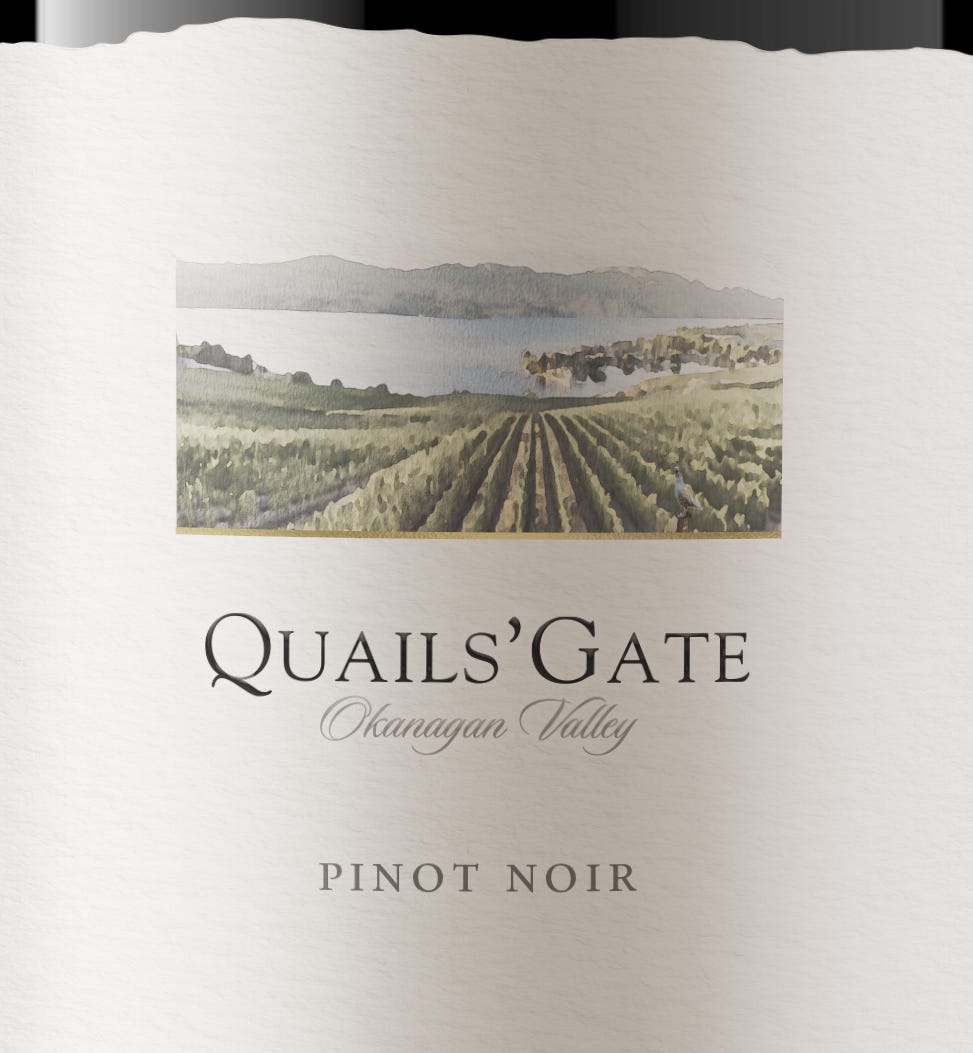
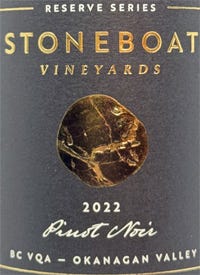
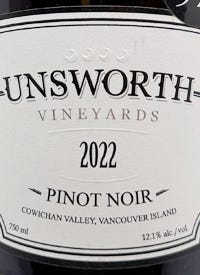
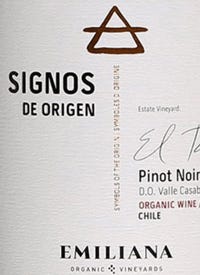


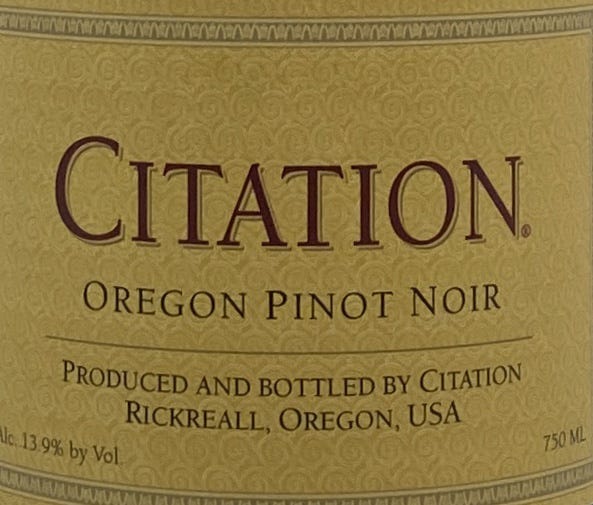

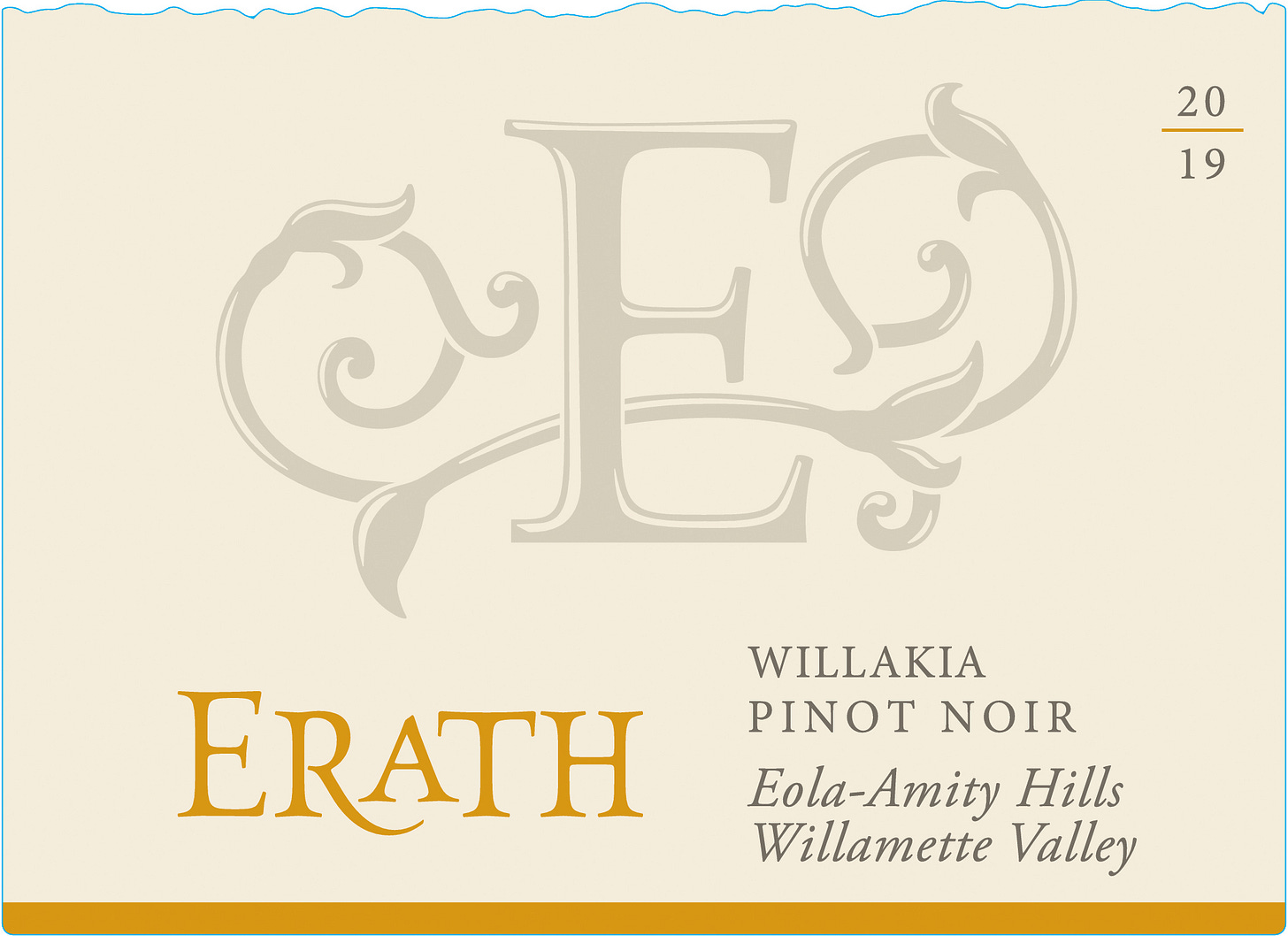

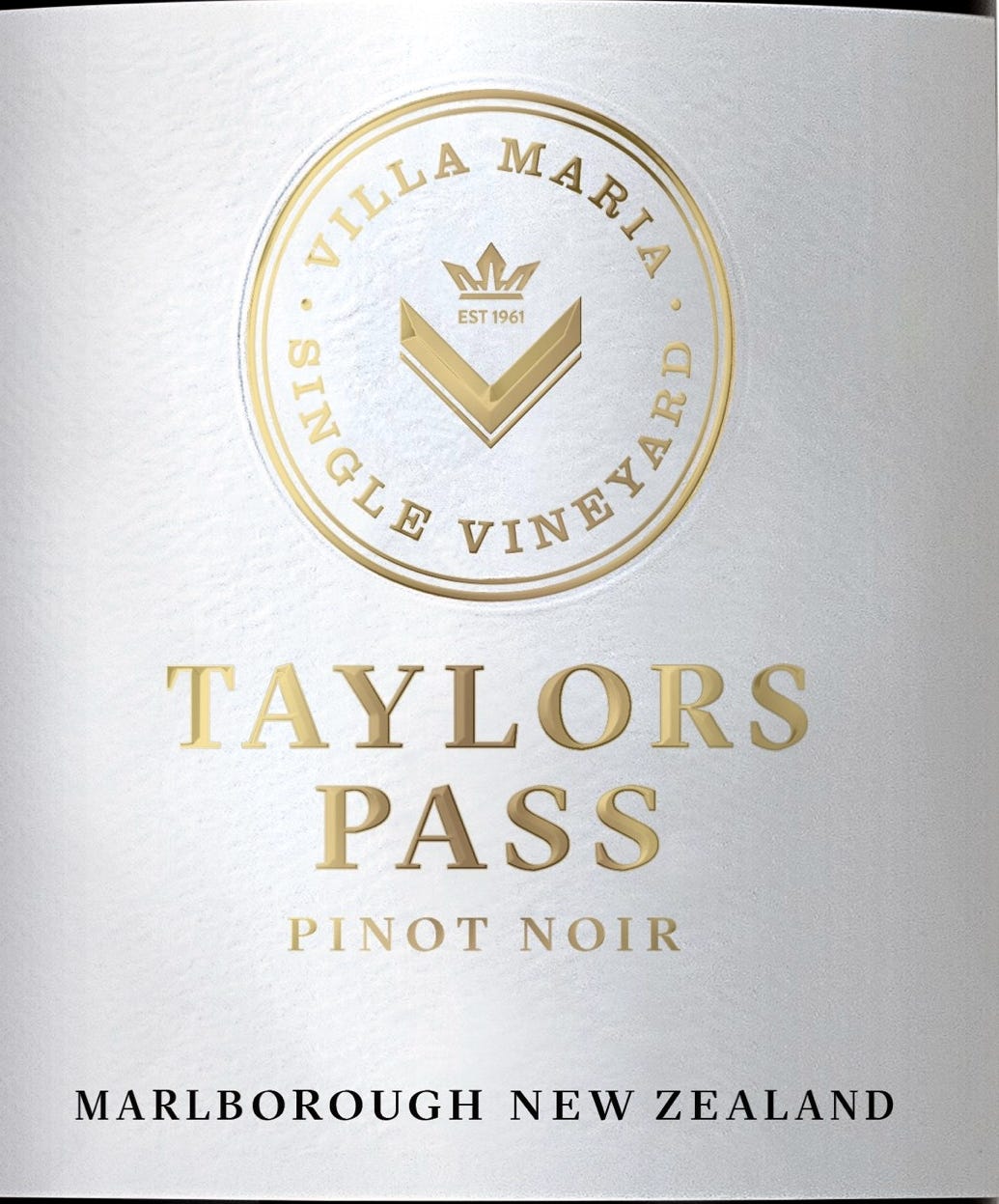

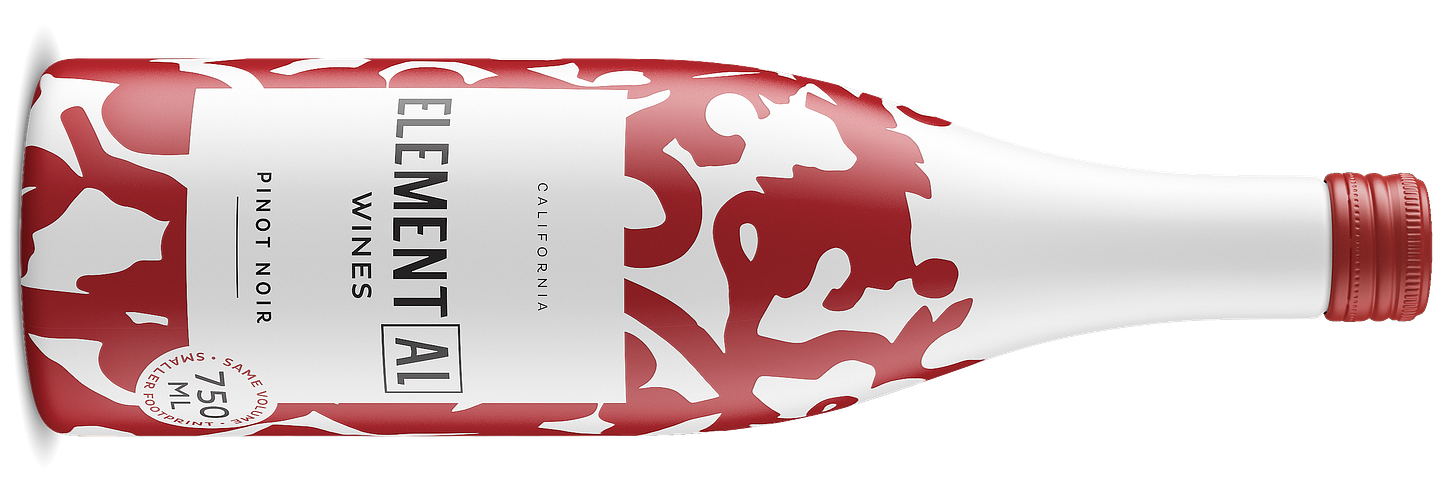
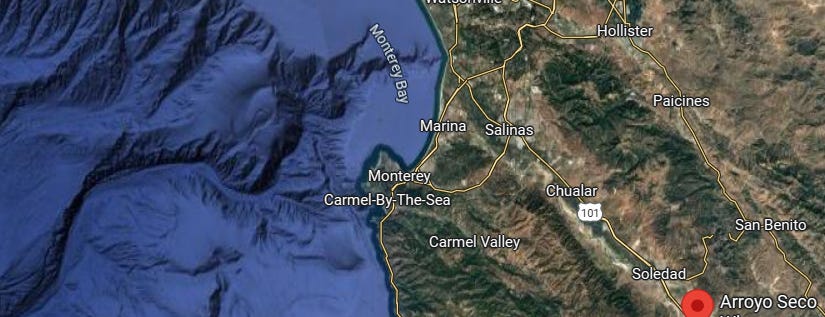

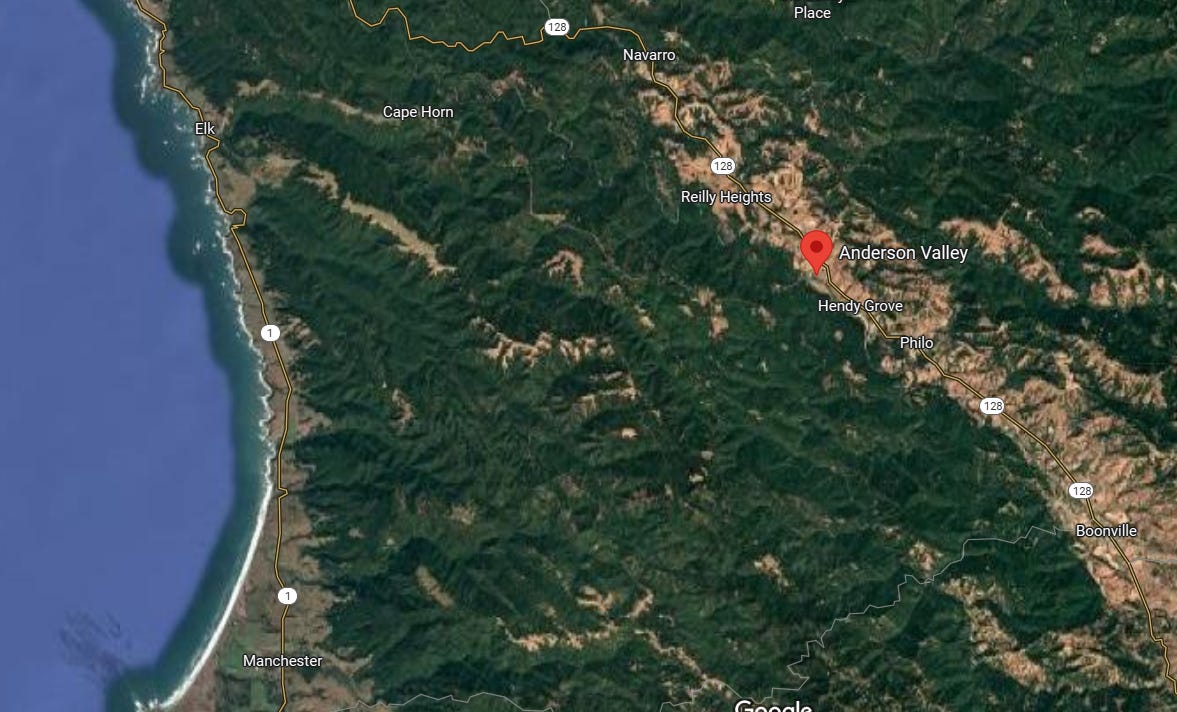
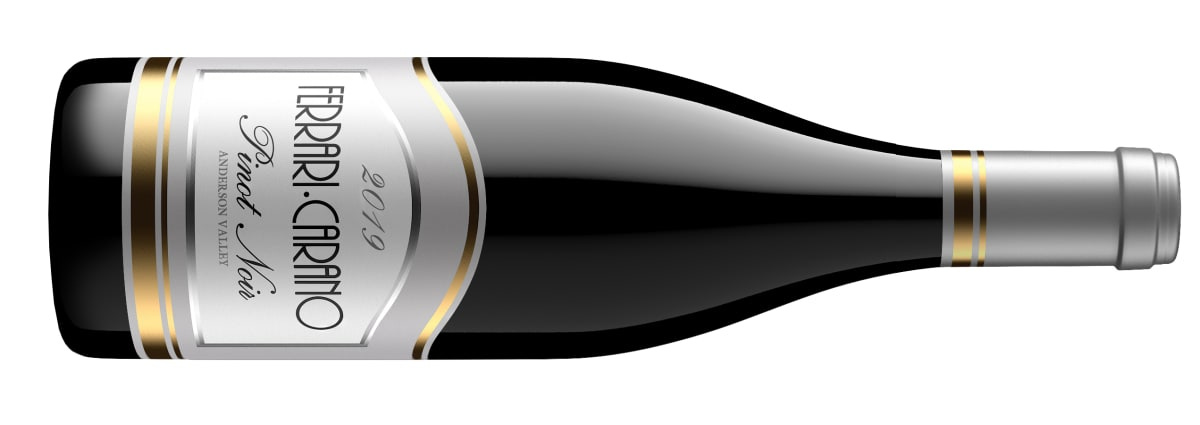
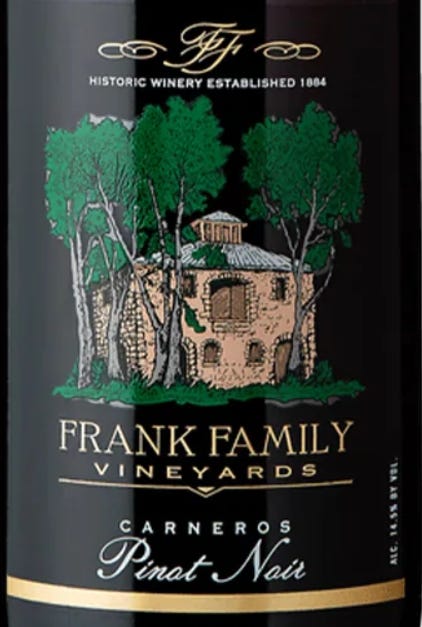
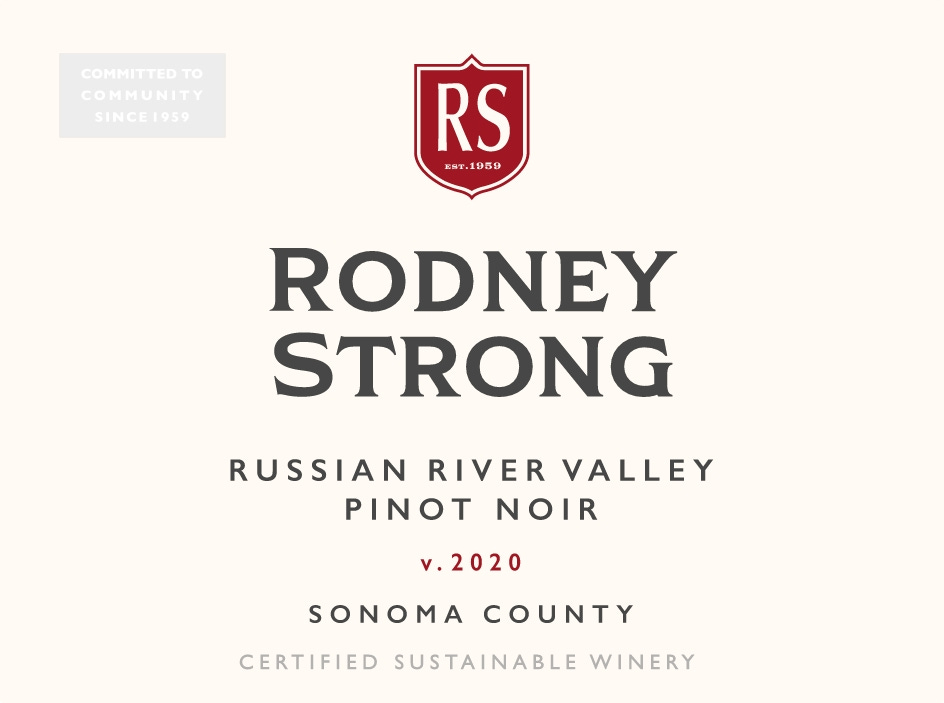

Thanks Bill. It was a fun article to write as I toured all those regions a few years back. It's fascinating to see where pinot noir chooses to thrive and why.
Great article Brent! Very helpful to be able to compare the different regions and styles of wine making in Pinot Noir! 🍷